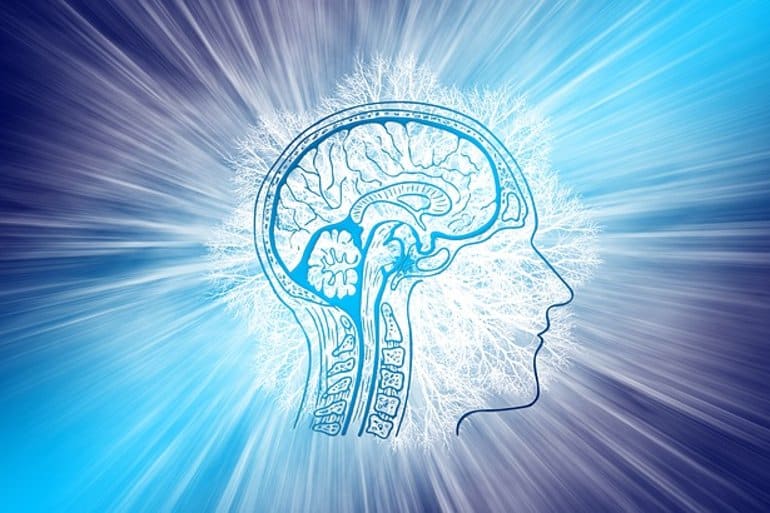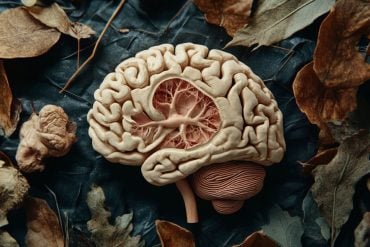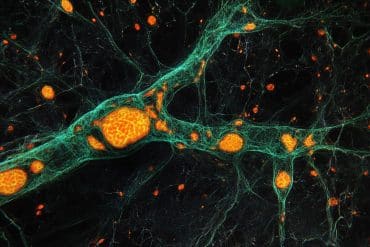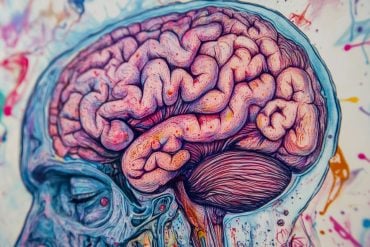Summary: As many as one in four patients who receive anesthesia may suffer accidental awareness during their procedure. Researchers have identified specific brain structures that may predict whether a person will experience accidental awareness under anesthesia. The findings will help identify patients who require higher than average doses of anesthesia.
Source: TCD
Brain structures which could predict an individual’s predisposition to accidental awareness under anaesthetic have been identified for the first time by neuroscientists in Trinity College Dublin.
The findings, just published in the journal Human Brain Mapping, could help identify individuals who may require higher than average doses of anaesthetic.
Although anaesthesia has been used in clinical medicine for over 150, scientists do not fully understand why its effect on people is so varied. One in four patients presumed to be unconscious during general anaesthesia may in fact have subjective experiences, such as dreaming, and in very rare cases (0.05–0.2%) individuals become accidentally aware during a medical procedure.
The research found that one in three participants were unaffected by moderate propofol sedation in their response times, thus thwarting a key aim of anaesthesia—the suppression of behavioural responsiveness.
The research also showed, for the first time, that the participants who were resistant to anaesthesia had fundamental differences in the function and structures of the fronto-parietal regions of the brain to those who remained fully unconscious. Crucially, these brain differences could be predicted prior to sedation.
Lorina Naci, Associate Professor of Psychology, Trinity who lead the research said:
“The detection of a person’s responsiveness to anaesthesia prior to sedation has important implications for patient safety and wellbeing. Our results highlight new markers for improving the monitoring of awareness during clinical anaesthesia. Although rare, accidental awareness during an operation can be very traumatic and lead to negative long-term health outcomes, such as post-traumatic stress disorder, as well as clinical depression or phobias.”

“Our results suggest that individuals with larger grey matter volume in the frontal regions and stronger functional connectivity within fronto-parietal brain networks, may require higher doses of propofol to become nonresponsive compared to individuals with weaker connectivity and smaller grey matter volume in these regions.”
The research, conducted in Ireland and Canada, investigated 17 healthy individuals who were sedated with propofol, the most common clinical anaesthetic agent. The participants’ response time to detect a simple sound was measured when they were awake and as they became sedated. Brain activity of 25 participants as they listened to a simple story in both states was also measured.
About this neuroscience research news
Author: Fiona Tyrrell
Source: TCD
Contact: Fiona Tyrrell – TCD
Image: The image is in the public domain
Original Research: Open access.
“Responsiveness variability during anaesthesia relates to inherent differences in brain structure and function of the fronto-parietal networks” by Naci L et al. Human Brain Mapping
Abstract
Responsiveness variability during anaesthesia relates to inherent differences in brain structure and function of the fronto-parietal networks
Anaesthesia combined with functional neuroimaging provides a powerful approach for understanding the brain mechanisms of consciousness. Although propofol is used ubiquitously in clinical interventions that reversibly suppress consciousness, it shows large inter-individual variability, and the brain bases of this variability remain poorly understood.
We asked whether three networks key to conscious cognition—the dorsal attention (DAN), executive control (ECN), and default mode (DMN)—underlie responsiveness variability under anaesthesia. Healthy participants (N = 17) were moderately anaesthetized during narrative understanding and resting-state conditions inside the Magnetic Resonance Imaging scanner. A target detection task measured behavioural responsiveness.
An independent behavioural study (N = 25) qualified the attention demands of narrative understanding. Then, 30% of participants were unaffected in their response times, thus thwarting a key aim of anaesthesia—the suppression of behavioural responsiveness. Individuals with stronger functional connectivity within the DAN and ECN, between them, and to the DMN, and with larger grey matter volume in frontal regions were more resilient to anaesthesia.
For the first time, we show that responsiveness variability during propofol anaesthesia relates to inherent differences in brain structure and function of the frontoparietal networks, which can be predicted prior to sedation.
Results highlight novel markers for improving awareness monitoring during clinical anaesthesia.







